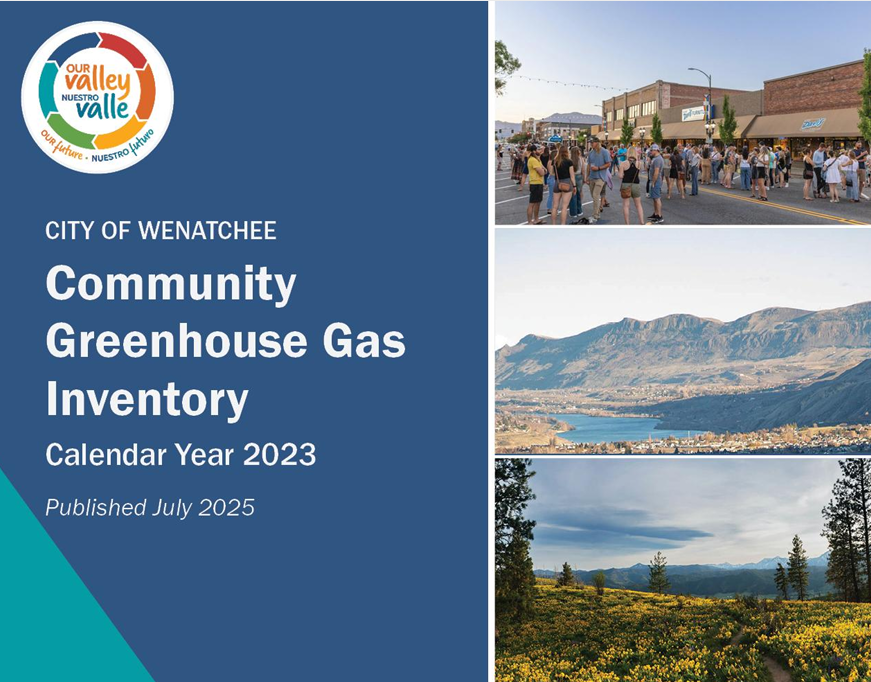Smoke Gets in Your Eyes
- marlene0303
- Mar 12, 2022
- 3 min read
Joan always does a great job of breaking down climate crises issues. I'm grateful to have a climate change expert on our board. Here she reminds us how climate and wildfire are linked. Isn't it amazing how quickly we forget how bad the smoke was? But I hope we don't really forget. I hope visible things like bad smoke keep us all working toward climate solutions, because as she says, our home is on fire. - Jana
By Joan Qazi, Sustainable Wenatchee board member, WVC Professor of Geography & Sustainability Coordinator
One of my students told me that North Central Washington has five seasons: Fall, Winter, Spring, Summer, and Smoke season. For those of us who live here for the seasonal beauty and bounty of our natural landscapes, smoke season is a poke in the eye. It is particularly frustrating this year, when spending time outside is less risky for COVID-19 infection than sharing space inside. For the essential workers who must labor outside, smoke season is damaging to their health and their bottom line. Of course, smoke comes with fire and we cannot forget the people who have lost homes, businesses, animals, or even loved ones to the wildfires that have been raging in the West.
This is the most active fire year on record for the West Coast. Now, the average number of square miles burned annually in Washington, Oregon, and California is six times greater than it was from 1950 to 2000. The U.S. Forest Service recognizes that the wildland fire management environment has really changed over the last few decades. Not only are fires larger, but their behavior is more extreme, and more people live in vulnerable wildland areas. A legacy of fire suppression has created a ‘fire debt’ in terms of forest fuels, best paid back through controlled burns instead of out-of-control blazes. Then there are the wind-stoked firestorms that start as brush fires and end up destroying entire communities.
It is important that we recognize the role of climate change in our vulnerability to wildfire here in North Central Washington. We live in an arid climate, but the reduction in snowpack--our water reservoir--and gradually increasing night-time temperatures are further desiccating our landscapes. As Summers grow hotter, moisture evaporates from plants and soils, creating spark-ready terrain. There is a strong correlation between higher temperatures and more acres burned. In response to this reality, Chelan County is creating a climate resilience strategy. Working with climate scientists, natural resource agencies, and local stakeholders, they are preparing for hotter, drier, smokier summers. This plan includes improving fire resiliency in our landscapes, coordinating recovery programs, and promoting fire-adapted communities.
Will this be enough? It is vital to plan for climate resiliency, but my students and other young people would say that we must do more. Our home is on fire, and they point out that adults are ignoring the urgency that climate scientists are demanding. They want the same benefits of healthy ecosystems that their parents have enjoyed. We must realize that the costs of wildfire damage, hazardous air quality, droughts, lost harvests, rebuilding after natural disasters and forced migrations, will greatly exceed the cost of cutting greenhouse gas emissions. Our counties are well positioned to lead the necessary transition to renewable energy and electrification.
Each of us can make a difference in our personal lives by driving less, not idling our cars while parked, reducing our food waste and meat consumption, plus rejecting single-use plastics. But we also need systems change. In Sustainable Wenatchee’s ‘Seeing Systems’ book club, we read that the climate crisis offers a unique opportunity to reshape our economic system to a post-carbon, more socially-just system*. We need to join all our small acts together into a larger collective will to shift the needle towards sustainability. It will not be simple, but 2020 has shown us that dealing with crises is made easier if we work together and are willing to sacrifice some comfort for the safety of others.
*Seeing Systems: Peace, Justice, and Sustainability reference from Audrea Lim’s "True Climate Justice Puts Communities of Color First" article.






Comments